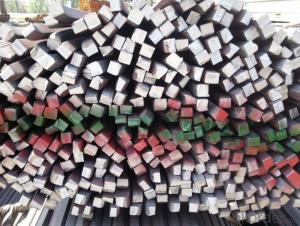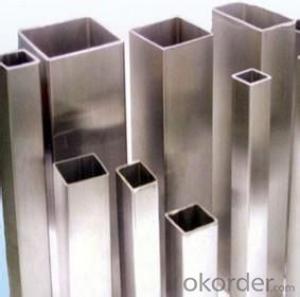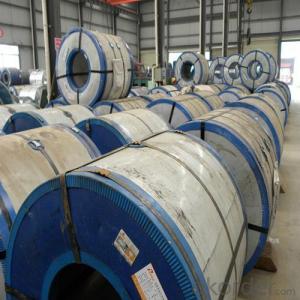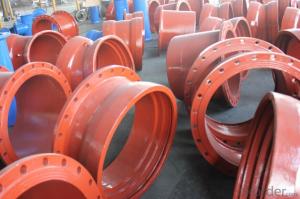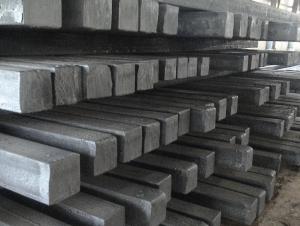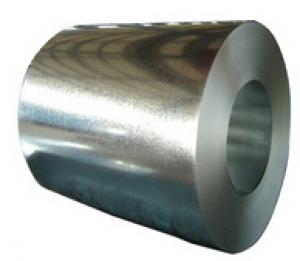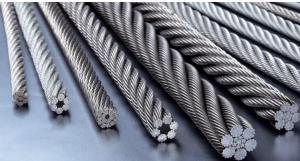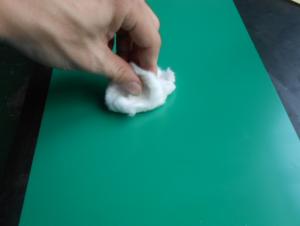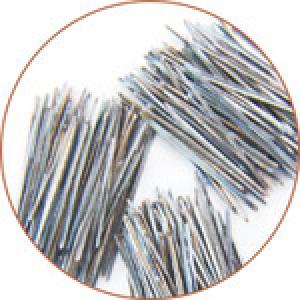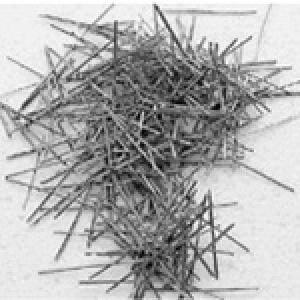Aluminum Square Bar Stock
Aluminum Square Bar Stock Related Searches
Led Light Bulbs For Ceiling Fixtures Led Lamps For Ceiling 42 In Ceiling Fan With Light Aluminum Coil Stock For Gutters Hole Saw For Aluminum Plate Aluminum Tread Plate For Trailer Bow Plate For Aluminum Boat Max Temp For Aluminum Foil Aluminum Foil For Key Fob Aluminum Foil For Hair FrizzHot Searches
Aluminum Square Stock For Sale Fiberglass Scaffolding For Sale Fiberglass Panels For Sale Fiberglass Greenhouses For Sale White Gazebo For Sale White Melamine Board Price Frp Price Per Square Foot Ceiling Fan Lowest Price Plywood Per Square Foot Price Cost Of Plywood Per Square Metre Aluminum Square Stock Near Me Cost Of Mdf Per Square Metre White Plastic Folding Chairs Wholesale Geotextile Fabric Cost Per Square Foot Frp Cost Per Square Foot Plywood Cost Per Square Meter Asphalt Shingle Prices Per Square Stock Price For Aluminum Aluminum Coil Stock For Sale Aluminum Gutter Coil For SaleAluminum Square Bar Stock Supplier & Manufacturer from China
Okorder.com is a professional Aluminum Square Bar Stock supplier & manufacturer, offers integrated one-stop services including real-time quoting and online cargo tracking. We are funded by CNBM Group, a Fortune 500 enterprise and the largest Aluminum Square Bar Stock firm in China.Hot Products
FAQ
- The process of galvanizing steel involves coating it with a layer of zinc to protect it from corrosion. This is done by first cleaning the steel surface to remove any impurities. Then, the steel is dipped into a bath of molten zinc or electroplated with zinc. The zinc bonds with the surface of the steel, creating a protective layer that prevents rust and extends the lifespan of the steel.
- There are several different types of steel channels, including C channels, U channels, and J channels. C channels have a distinct shape resembling the letter C and are often used in structural applications. U channels have a shape resembling the letter U and are commonly used for edge protection or as a support beam. J channels have a shape resembling the letter J and are typically used for framing window and door openings.
- Steel rebar is welded for reinforcement in concrete structures using a process called electric arc welding. This involves creating an electric arc between the rebar and a welding electrode, which generates intense heat to melt the metal. The molten metal is then allowed to cool and solidify, forming a strong bond between the rebar and other steel components. This welding technique ensures the rebar stays firmly in place, enhancing the structural integrity and durability of the concrete construction.
- Steel is commonly used in the manufacturing of household appliances due to its durability, strength, and heat resistance properties. It provides the necessary structural support for appliances such as refrigerators, stoves, and washing machines. Additionally, steel's ability to withstand high temperatures makes it suitable for appliances that generate heat, such as ovens and irons. Its corrosion resistance also ensures longevity and reduced maintenance requirements for these appliances. Overall, steel enhances the performance, reliability, and longevity of household appliances.
- There are several advantages of using steel wire ropes. Firstly, steel wire ropes have high strength and durability, making them suitable for heavy lifting and pulling tasks. They can handle high loads and provide excellent resistance to wear and tear. Secondly, steel wire ropes have excellent flexibility, allowing them to be used in various applications and easily maneuvered around corners and obstacles. Thirdly, steel wire ropes have a long lifespan, requiring less frequent replacements compared to other materials. Lastly, steel wire ropes have high resistance to corrosion, making them suitable for outdoor and marine environments.
- Steel products are used extensively in the energy sector for various applications such as power generation, transmission, and storage. For example, steel is used in the construction of power plants, including the building of boilers, turbines, and support structures. It is also utilized in the manufacturing of transmission towers, pipelines, and storage tanks for oil, gas, and renewable energy sources. Steel's strength, durability, and corrosion resistance make it a crucial material in ensuring the efficient and reliable functioning of energy infrastructure.
- Stainless steel for medical applications possesses several important properties that make it an ideal material. Firstly, it is highly resistant to corrosion, which is crucial in medical settings where exposure to bodily fluids and harsh cleaning chemicals is common. Secondly, stainless steel is biocompatible, meaning it does not cause adverse reactions or toxicity when in contact with the human body. Additionally, it is highly durable and can withstand repeated sterilization processes without compromising its integrity. Moreover, stainless steel is easy to clean and maintain, ensuring a hygienic environment for medical procedures. Lastly, it has excellent strength and versatility, allowing it to be used in a wide range of medical devices and equipment.
- Steel pipe is commonly welded for structural applications using various welding techniques such as electric resistance welding (ERW), submerged arc welding (SAW), or gas metal arc welding (GMAW). These methods involve applying heat and pressure to join two or more sections of steel pipe together, ensuring a strong and durable bond.































